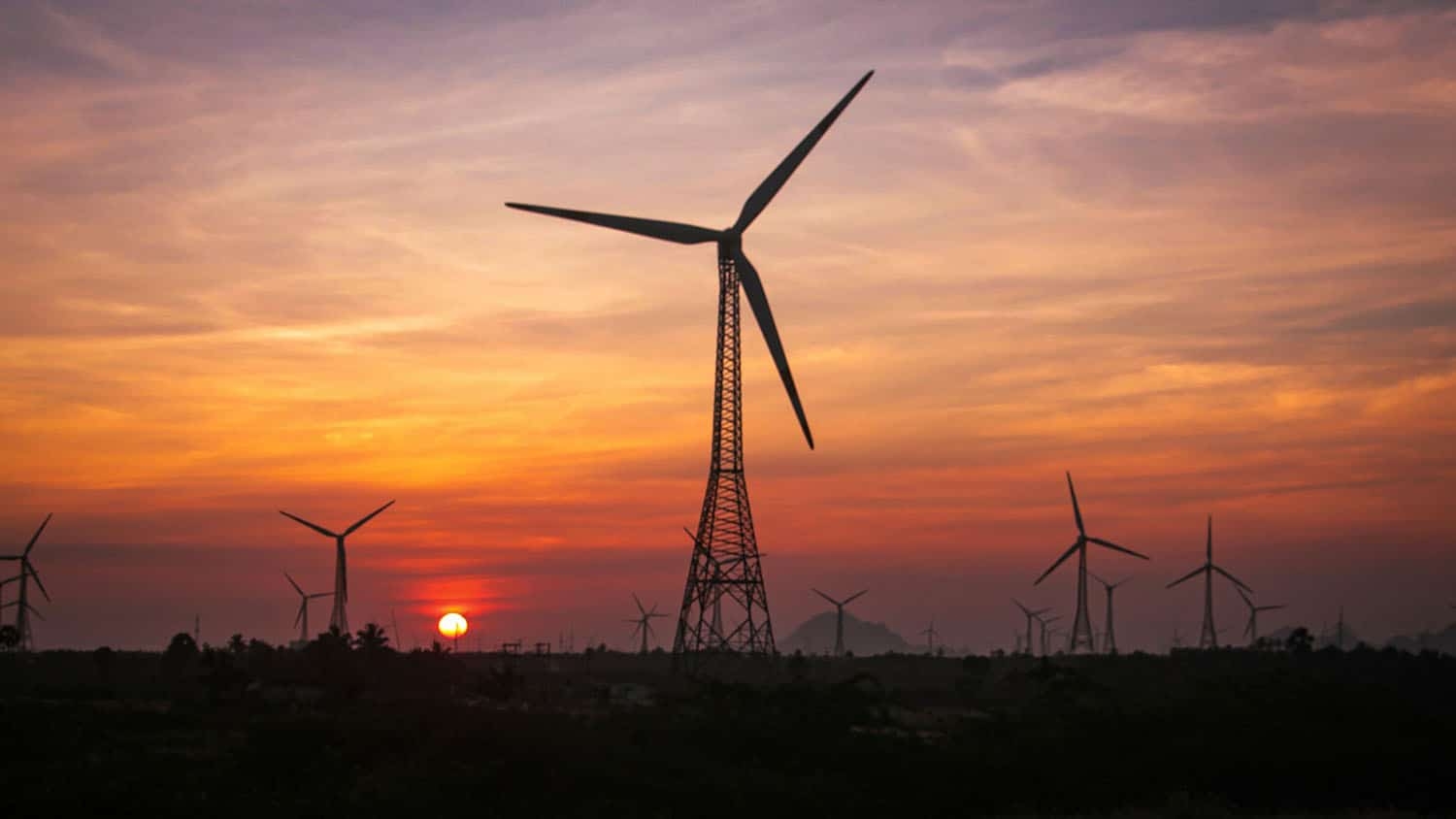Model Projects Energy Storage Needs for Fossil Fuel-Free Energy System

Researchers have developed a model that can be used to project what a nation’s energy storage needs would be if it were to shift entirely to renewable energy sources, moving away from fossil fuels for electric power generation. The model offers policymakers critical information for use when making near-term decisions and engaging in long-term energy system planning.
“We focused this study on Italy’s energy system because it has suffered significantly in recent years, due to difficulties obtaining affordable natural gas due to Russia’s invasion of Ukraine,” says Anderson de Queiroz, co-author of a paper on the work and an associate professor of civil, construction and environmental engineering at North Carolina State University. “That has raised questions about how Italy can make its energy system more robust. Our goal here was to develop a model that would allow us to determine what Italy’s energy storage needs would be if it moved completely away from fossil fuels and met its electricity demands with renewable resources.”
Energy storage is a critical piece of this puzzle because renewable energy sources, such as solar or wind, don’t produce energy at the same rate all the time. For example, you need to be able to store energy generated by solar power so that you can use that energy at night, when the sun is not shining.
To better understand an energy system’s energy storage needs, the researchers modified an existing optimization model called Temoa.
Specifically, the researchers modified the model to account for how renewable energy production would change during different times of day and different times of the year. For example, there would be greater solar power production during summer when days are longer, but solar power would still drop overnight. The researchers also accounted for changes in energy consumption at different times of day and during different seasons. For example, energy consumption may go up during hot summer afternoons if people are using air conditioners.
Capturing these daily and seasonal fluctuations in renewable energy production and energy consumption allowed the researchers to create a more detailed model of the energy system, which allowed them to better answer questions about the system’s energy storage needs. How much renewable energy could be redirected to storage? How much energy storage would be needed to meet demands?
“Our modified model makes clear that increasing energy storage capacity is critical for decarbonizing Italy’s power sector, but it also offers some detailed insights,” de Queiroz says. “For example, the model suggests that Italy needs to be able to store about 10% of its electricity generation in short-term energy storage devices.”
The term “short-term energy storage” is somewhat confusing. It does not refer to how long a storage device can store energy. Rather, it refers to how long the device can sustain its maximum power output. For example, a one-hour 2-kilowatt device could release two kilowatts of power for one hour, whereas a three-hour 2-kilowatt device could release two kilowatts of power for three hours. Energy storage systems that can release the maximum power output for four hours or less are typically considered short-term energy storage devices.
“Our projection related to short-term energy storage devices is driven both by the energy system’s energy storage needs and the fact that these devices are the most cost-effective way to meet those needs, based on recent cost projections and estimates,” de Queiroz says.
But while this paper focuses on Italy, the modified model the researchers developed for this work can be used to project energy storage needs for any energy system.
“As the world moves toward renewable power sources, we need to find ways to account for their variability,” says de Queiroz. “Energy storage devices give us the flexibility to adjust to fluctuations in energy production while also giving us the reliability we need to meet energy demands. And models like the one we’ve demonstrated here provide critical insights for policymakers regarding their long-term energy storage needs.”
The paper, “Modeling energy storage in long-term capacity expansion energy planning: an analysis of the Italian system,” is published open access in the Journal of Energy Storage. First author of the paper is Matteo Nicoli, a Ph.D. student at Politecnico di Torino. The paper was co-authored by Victor Faria, a recent Ph.D. graduate from NC State; and by Laura Savoldi of the Politecnico di Torino.
-shipman-
Note to Editors: The study abstract follows.
“Modeling energy storage in long-term capacity expansion energy planning: an analysis of the Italian system”
Authors: Matteo Nicoli, Politecnico di Torino and North Carolina State University; Victor Augusto Duraes Faria, North Carolina State University; Anderson Rodrigo de Queiroz, North Carolina State University and North Carolina Central University; Laura Savoldi, Politecnico di Torino
Published: Sept. 19, Journal of Energy Storage
DOI: 10.1016/j.est.2024.113814
Abstract: This paper presents a framework to represent short-term operational phenomena associated with renewables capacity factors and final service demand distributions in a capacity-expansion and integrated energy system optimization model. The aim is to study the potential role of energy storage technologies coupled with renewable energy sources aiding the decarbonization of the overall energy system. The proposed methodology is implemented in an energy system optimization model named Tools for Energy Model Optimization and Analysis (TEMOA) and then tested in a case study focused on the Italian energy system. We examine a collection of scenarios that includes reference time scale scenarios, time scale sensitivity scenarios, and technology alternative scenarios. This paper’s findings indicate that energy storage is crucial for fully decarbonizing the Italian power sector by 2050 in the absence of a low-carbon baseload. Additionally, it suggests that approximately 10% of Italy’s electricity generation in 2050 should be routed through short-term energy storage devices.
This post was originally published in NC State News.


